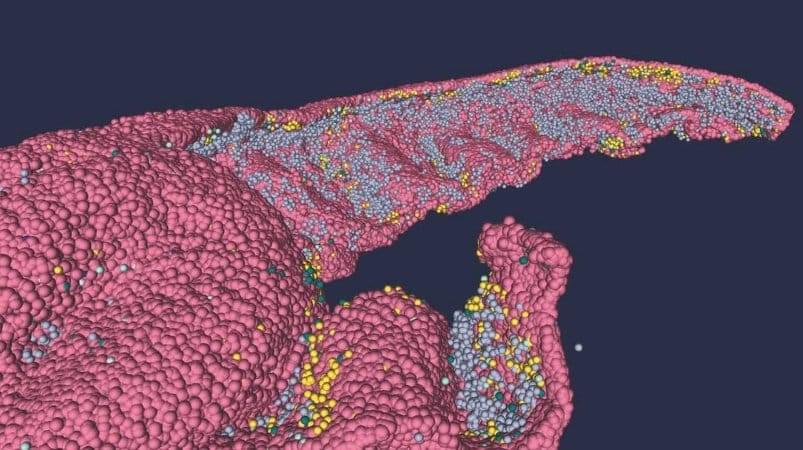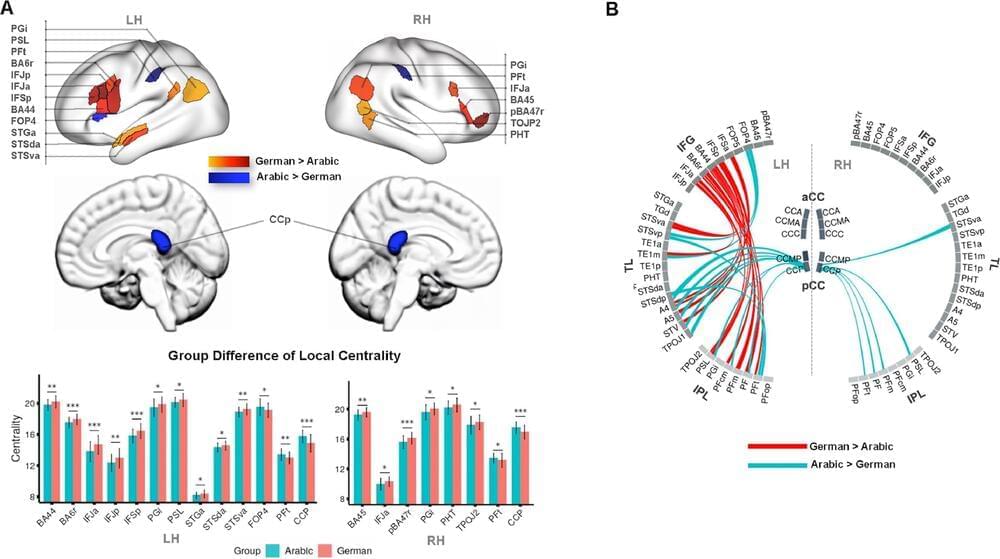Michael Levin is a biologist at Tufts University working on novel ways to understand and control complex pattern formation in biological systems.
Michael Levin links.
Michael’s Twitter: https://twitter.com/drmichaellevin.
Michael’s Website: https://drmichaellevin.org.
PODCAST INFO:
The Learning With Lowell show is a series for the everyday mammal. In this show we’ll learn about leadership, science, and people building their change into the world. The goal is to dig deeply into people who most of us wouldn’t normally ever get to hear. The Host of the show – Lowell Thompson-is a lifelong autodidact, serial problem solver, and founder of startups.
LINKS
Youtube: https://www.youtube.com/channel/UCzri06unR-lMXbl6sqWP_-Q
Youtube clips: https://www.youtube.com/channel/UC-B5x371AzTGgK-_q3U_KfA
Linkedin: https://www.linkedin.com/in/lowell-thompson-2227b074
Twitter: https://twitter.com/LWThompson5
Website: https://www.learningwithlowell.com/
Shownotes/ Timestamps.
00:00 Introducing Michael Levin.
00:30 Epigenetic Head Exploding adaptation Planaria.
05:45 Generalize vs intelligent search epigenetic adaptation.
08:55 Designing studies to test these hypothesis.
12:35 Implications of hypothesis proven out.
19:40 Mitochondria domestication hypothesis.
25:50 Where are memories stored if not the brain.
34:45 Regeneration of memories evidence.
38:00 Voltage on both sides of amputated limb, and what catalyzes regeneration.
42:55 Induce physiology of extinct species from live species.
47:55 Biomanufacturing.
55:30 Anatomical compiler development.
57:45 Horse vs zebra domestication.
59:20 Bioelectricity resurrection.
01:02:05 Regeneration vs Brain computer interface for restoring function.
01:06:50 What is needed to achieve his vision for regeneration, bioelectricity, etc.
01:08:42 Structure needed to support development.
01:11:03 Groups coming together.
01:12:25 Longevity & health span — high level vs low level approach.
01:14:45 Cancer — why mortal cell become an immortal cell.
01:19:20 Advice for 25–35 year olds.
01:22:46 Age he discovered life goal.
01:23:55 How old he feels mentally.
01:24:55 Books.
01:25:55 Working to learn currently.
#Bioelectricity #MichaelLevin #Regeneration



